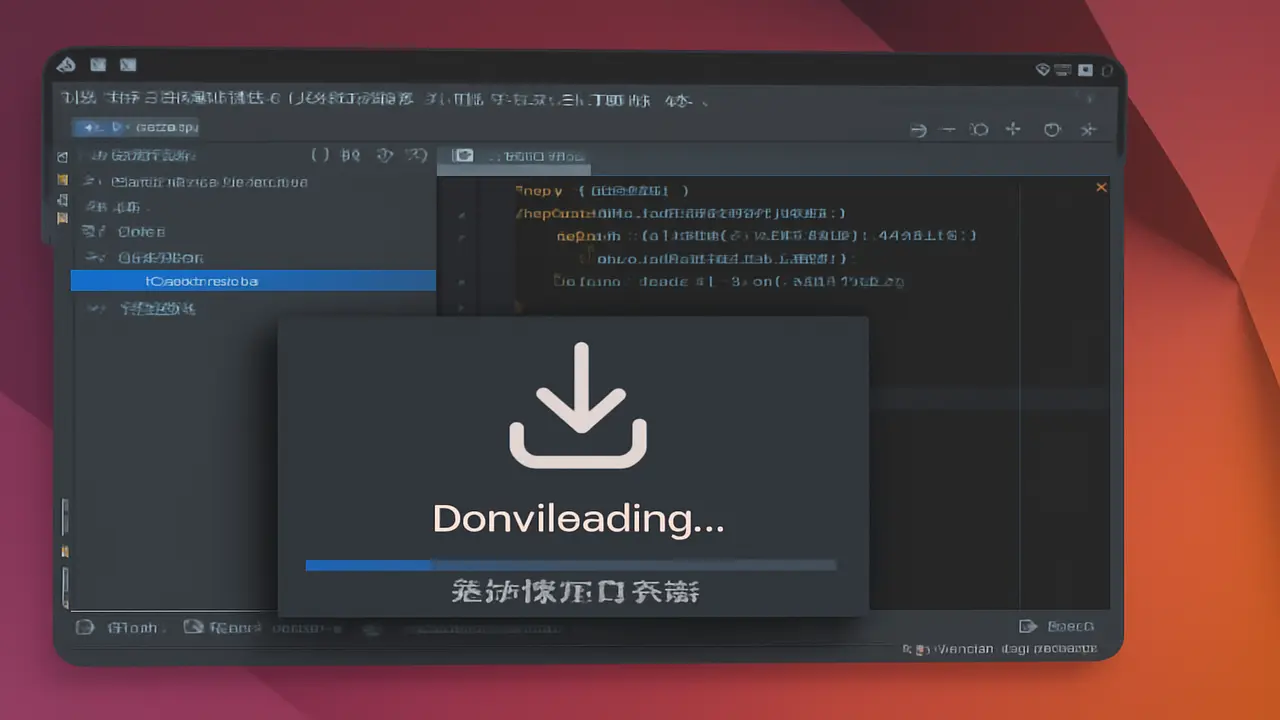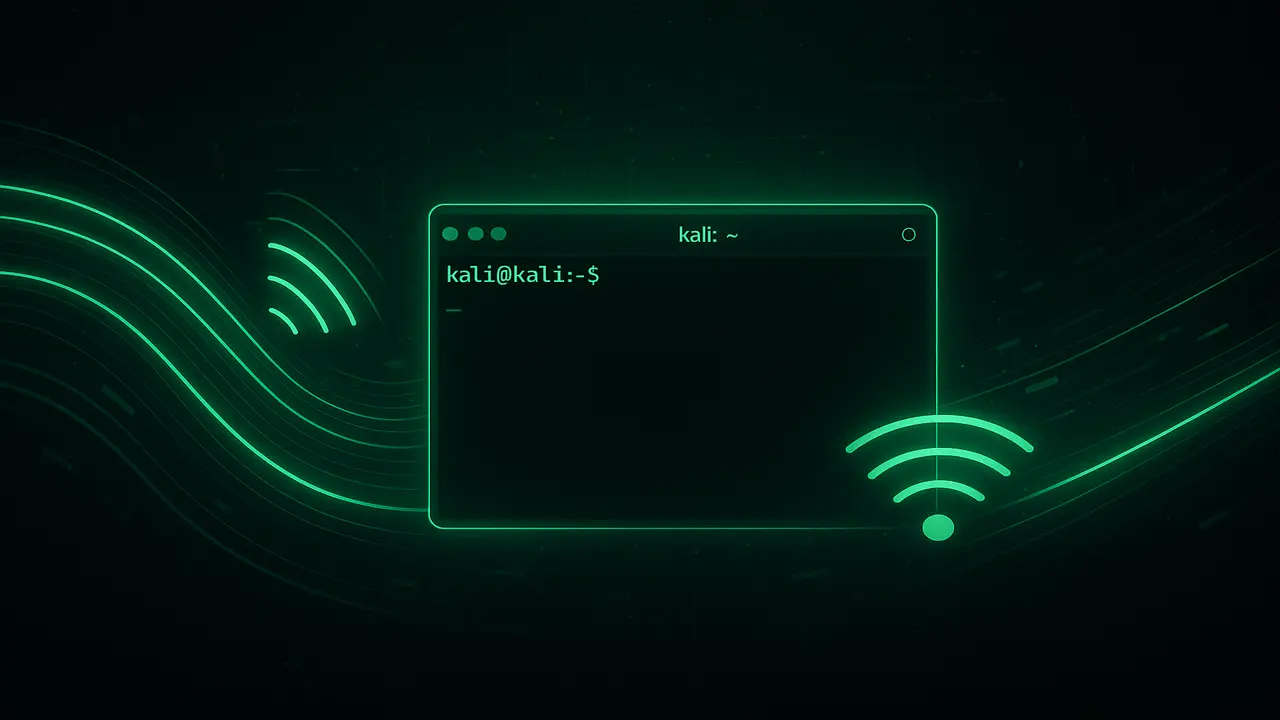Discover The Linux Resource Hub You’ve Been Dreaming Of
Remember that time I spent three hours troubleshooting a borked GRUB bootloader, only to find the solution buried in a 2012 forum thread written in broken English? That’s when I realized: we’ve all been solving Linux puzzles with half the instruction manual missing. You’re not imagining things – tracking down quality Linux resources really does feel like assembling IKEA furniture without the pictograms. Recent data from Stack Overflow’s developer survey confirms what we’ve all felt: tech pros waste 100+ hours annually just hunting for answers. That’s 2.5 full work weeks lost to what I call “digital scavenger hunts.”
Here’s the hard truth I learned managing server farms: Every minute spent Googling is a minute stolen from actual problem-solving. Linux’s greatest strength – its endless flexibility – becomes our Achilles’ heel when documentation scatters like confetti at a parade. I’ve watched junior devs nearly quit over permissions issues that would’ve taken 10 minutes with proper guidance. The real kicker? Most solutions already exist… they’re just buried under layers of outdated tutorials and forum debates about distros from 2008.
Your New Command Center: More Than Just Bookmarks
When I first envisioned a true nexus for Linux, I didn’t want another link dump. I pictured something more like a Swiss Army knife – a tool that adapts to your current need, whether you’re troubleshooting a DNS leak or configuring SELinux policies at 2 AM. The magic happens in the connections between resources. That SSH tunneling guide? It’s strategically linked to network mapping tutorials and WireGuard VPN setups, creating what I call “knowledge constellations.”
Pro Tip from My Sysadmin Days: The best resources grow with you. That’s why our hub uses a tiered learning system:
- Level 1: “Get Me Unstuck” quick fixes
- Level 2: Contextual deep dives (Ever wondered why chmod 755 works?)
- Level 3: Architecture-level patterns for designing robust systems
We’ve even included something most platforms miss: anti-examples. These real-world screenshots of catastrophic fails (anonymized, of course) teach you how to recognize danger signs before they trigger downtime. Because let’s face it – we learn best from other people’s dumpster fires.
Last month, a DevOps team I mentor reduced their incident resolution time by 40% using three simple nexus strategies:
- The 5-Minute Filter: If you’re not on a solution path in 5 minutes, jump to the nexus’s decision tree widgets
- Architecture Blueprints: Visual guides showing how concepts interlink across storage, networking, and security
- The Feedback Loop: Their contributions to the comments section evolved into a living troubleshooting appendix
Here’s the kicker: This isn’t just about finding answers faster. It’s about developing what I call “Linux intuition.” When you stop mentally associating ‘apt-get’ with frustration and start seeing the underlying package management patterns, that’s when real mastery begins. The nexus structures information the way experienced admins think – not by command flags, but by system outcomes.
The Ripple Effects of Organized Knowledge
Let me paint a before/after picture I’ve witnessed repeatedly:
| Before Nexus | After Nexus |
|---|---|
| 4 open tabs, 2 dead links, 1 irrelevant StackOverflow answer | One focused workflow with version-controlled examples |
| Guessing at firewall rules | Interactive iptables scenarios matching your exact kernel version |
| Isolation in problem-solving | Seeing how your issue connects to 6 related subsystems |
Suddenly, that “mysterious” server crash becomes a teachable moment about log rotation policies and journald configurations. That’s the power of context-rich resources.
FAQ: Your Burning Questions (Answered With 15 Years of Scars)
Q: How’s this different from the Arch Wiki or Ubuntu Forums?
A: Those are fantastic resources we actually link to extensively! The nexus acts as both compass and connective tissue. While the Arch Wiki dives deep on specific topics, we map how those topics intersect across distributions. It’s like having a mentor who says, “Before you tweak pulseaudio, let’s check your ALSA config…”
Q: What about conflicting advice between sources?
A: We tackle this head-on with versioned recommendations. Every solution shows:
- When it applies (Distro? Kernel version?)
- Safety level (Will this bork your system?)
- Alternate approaches used by major enterprises
Q: How do I stay current with Linux’s rapid changes?
A: Our Linux Essentials Radar tracks emerging trends. When cars started using custom kernels, we created embedded system troubleshooting guides before the issues hit forums.
Q: Can I really trust these solutions in production?
A: Every answer includes a “Bomb Squad” rating:
- Green: Safe for most systems
- Yellow: Requires specific conditions
- Red: Here be dragons (with rollback instructions)
Remember that permissions headache that ate your weekend? We’ve re-engineered those “Aha!” moments into searchable building blocks. The ultimate nexus isn’t just about saving time – it’s about reclaiming the joy of working with Linux. Because when you stop fighting information chaos, you start seeing possibilities. What will you build with all those reclaimed hours?






